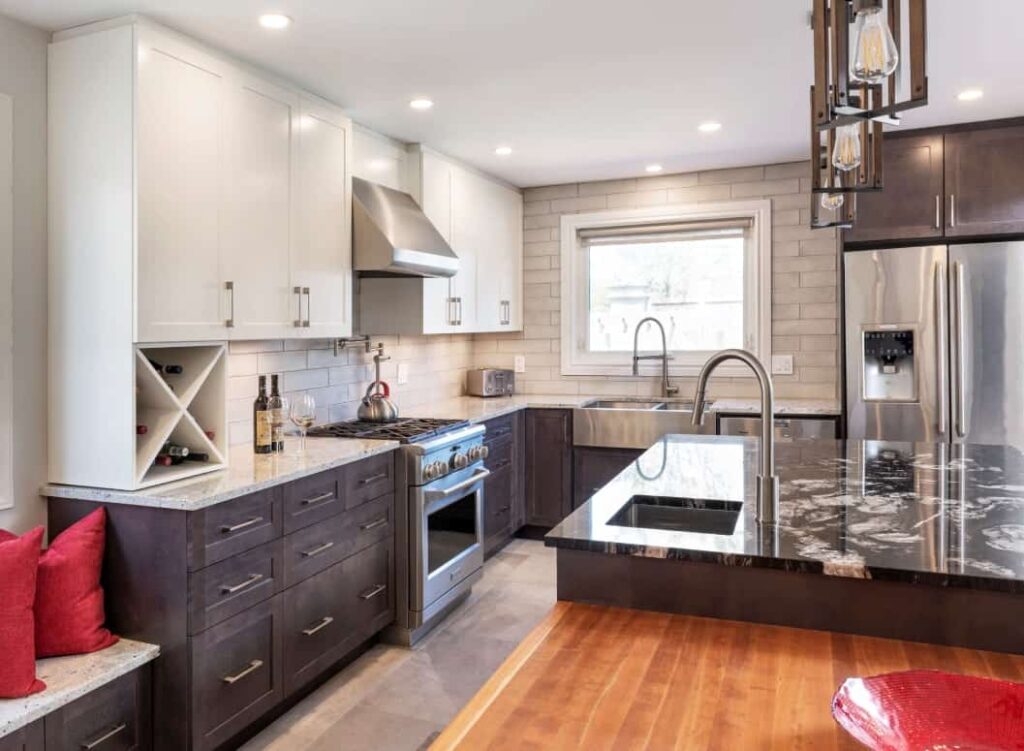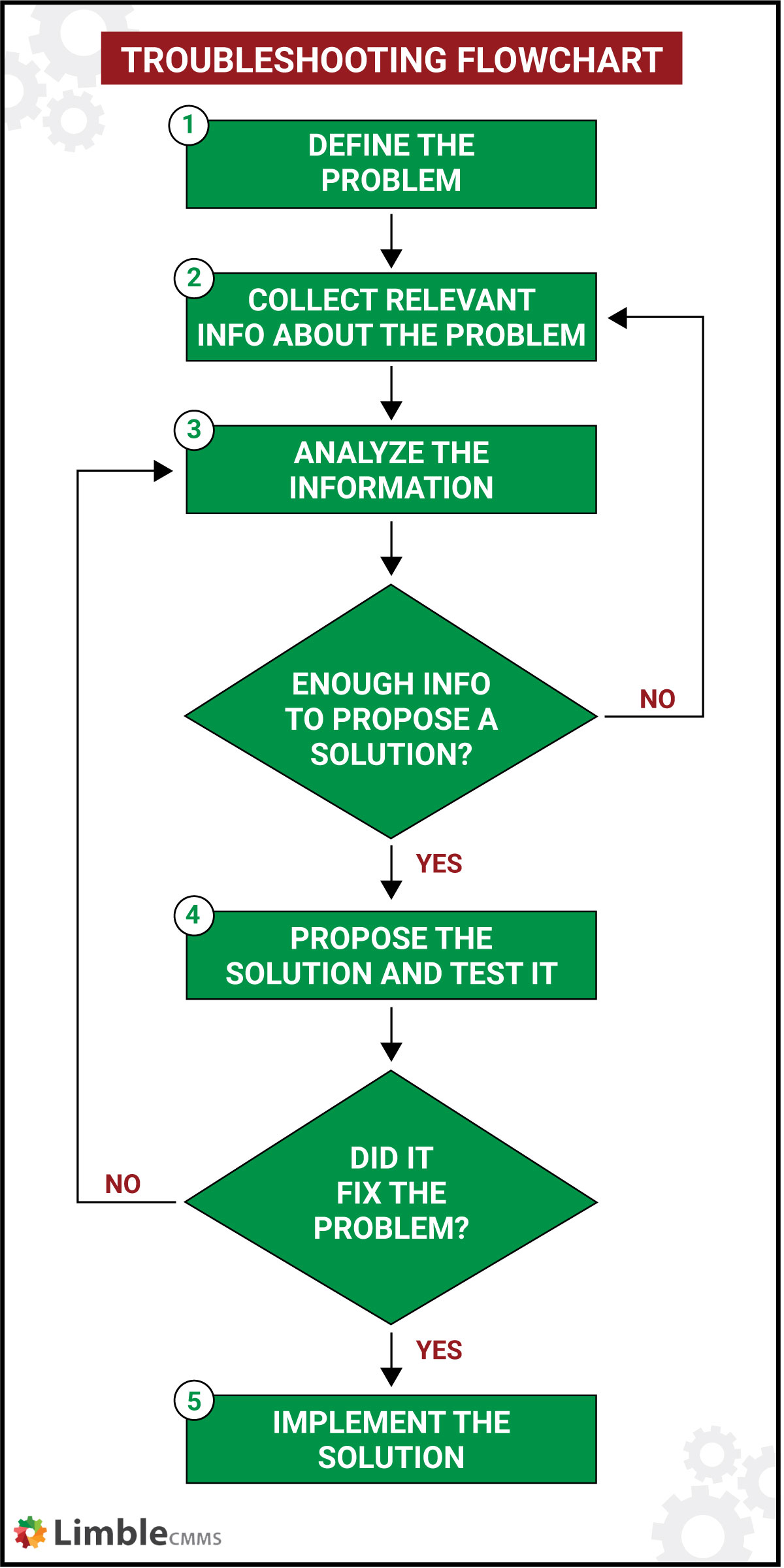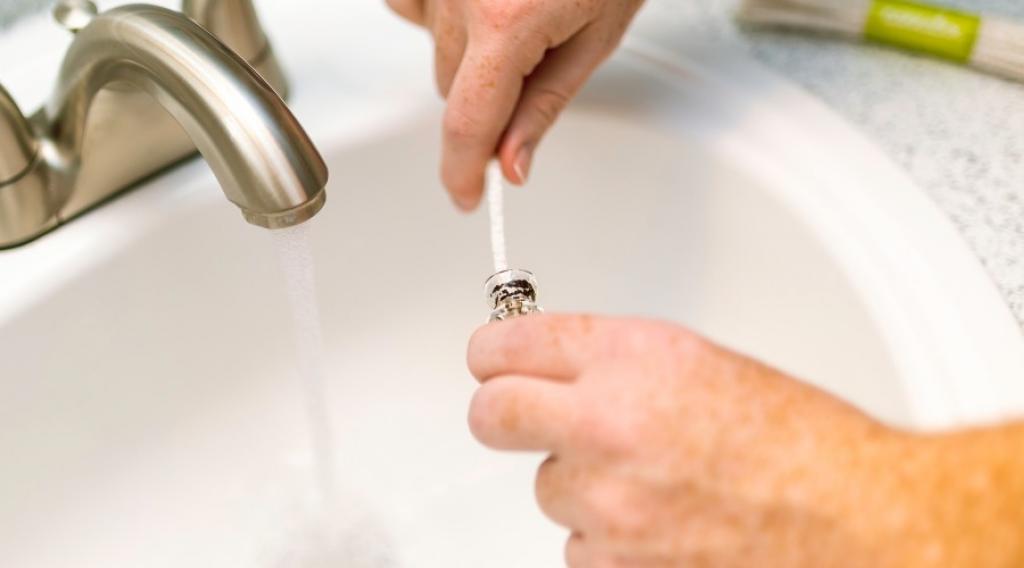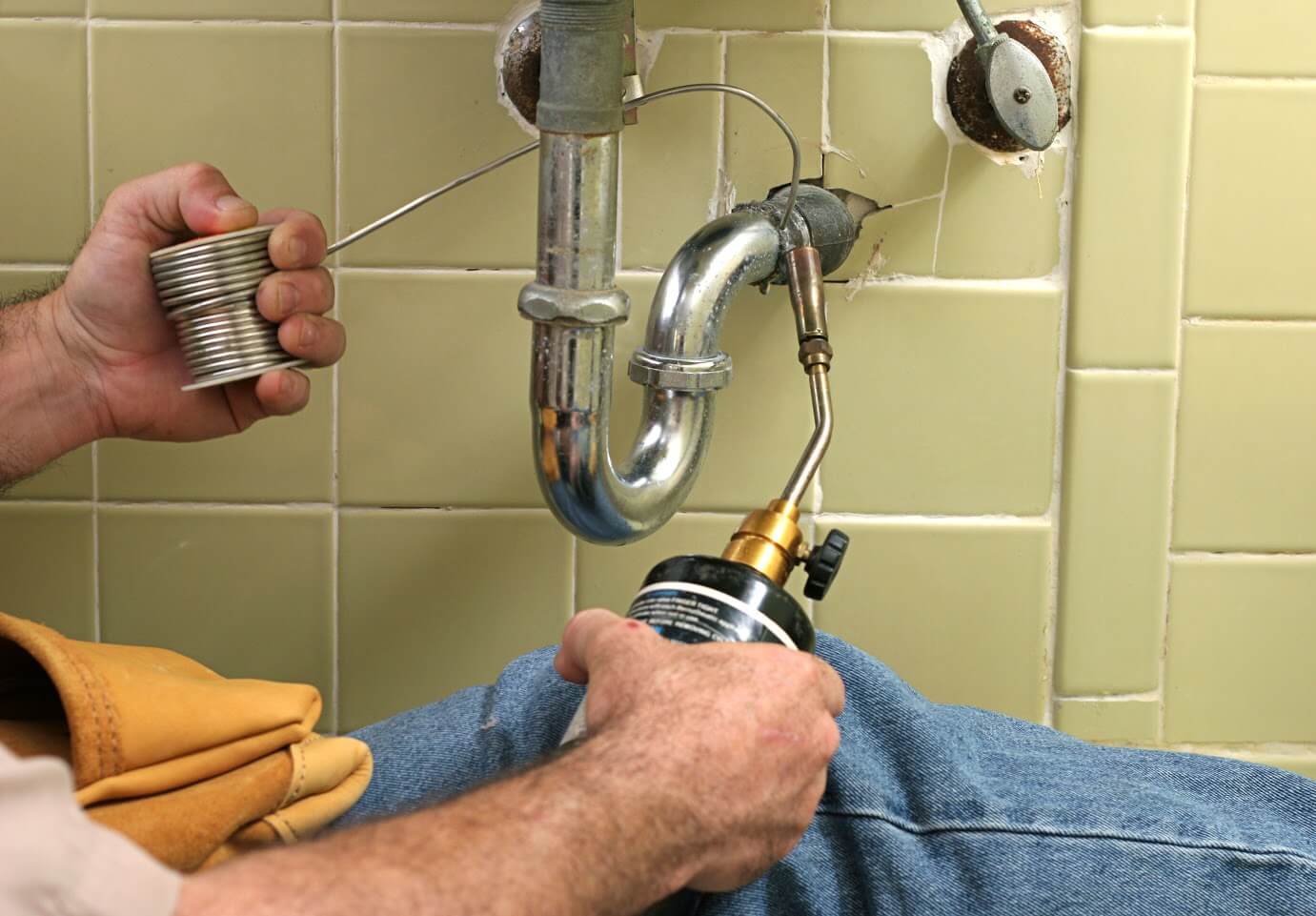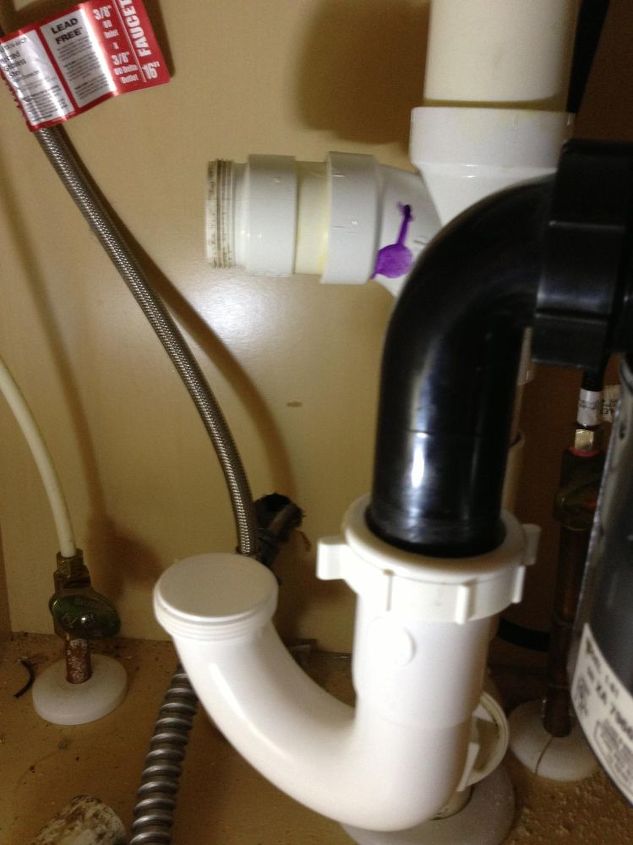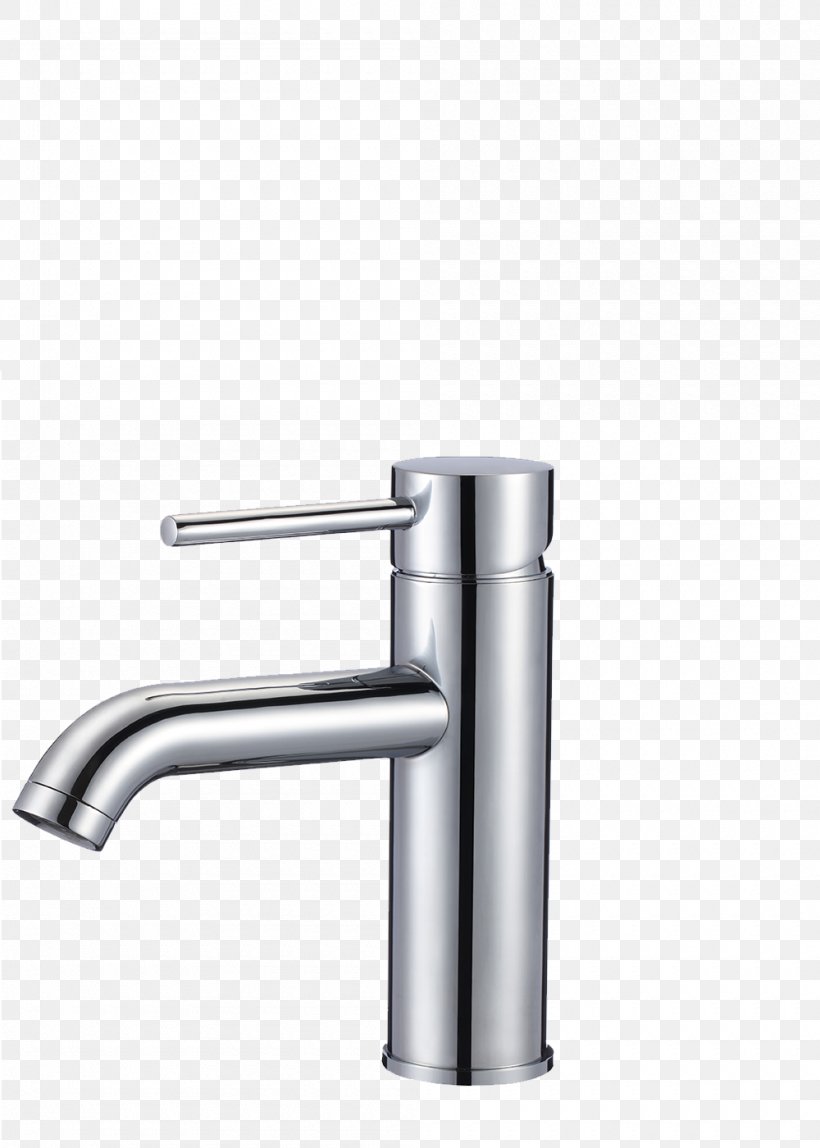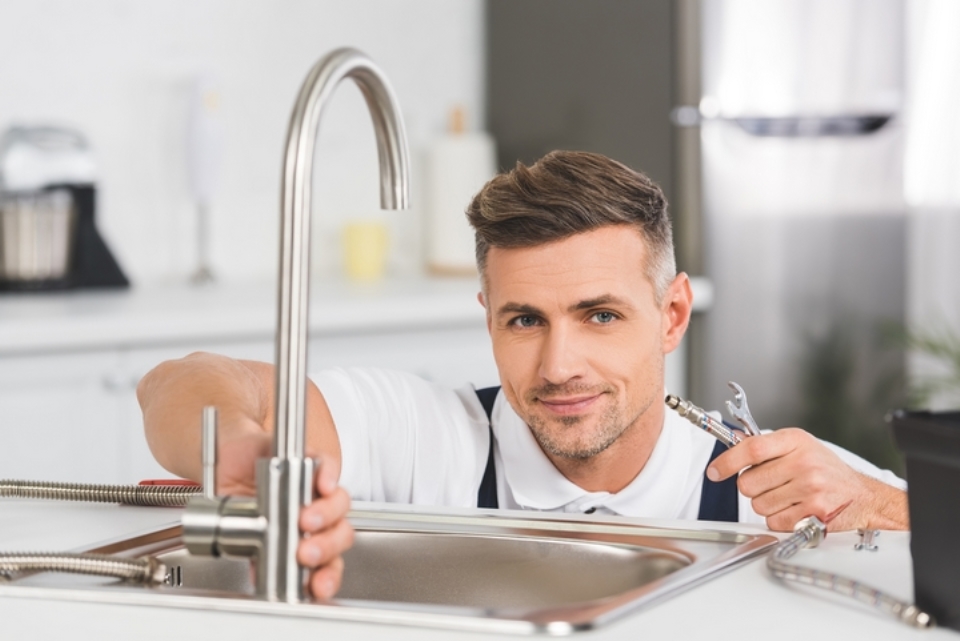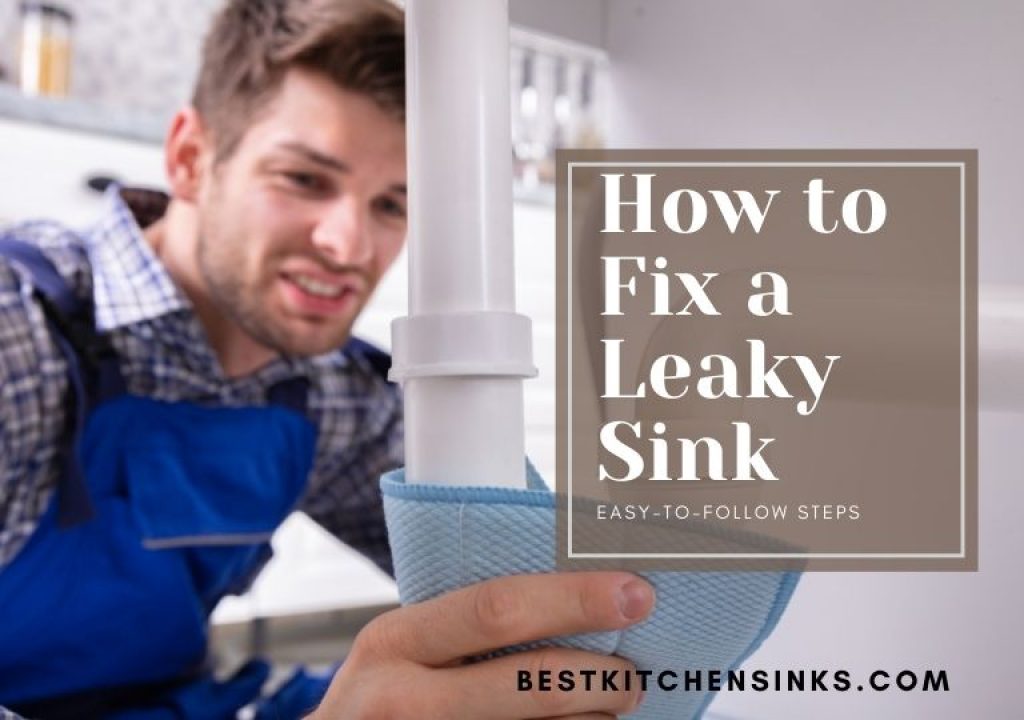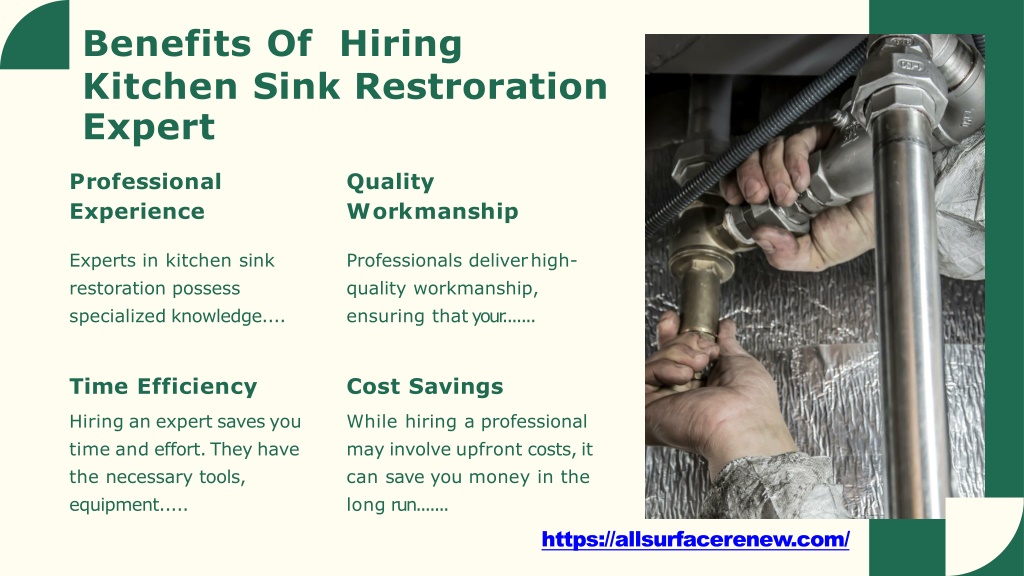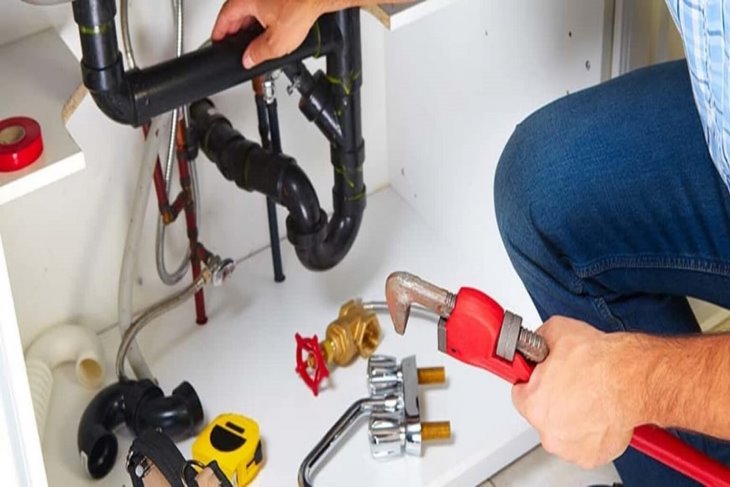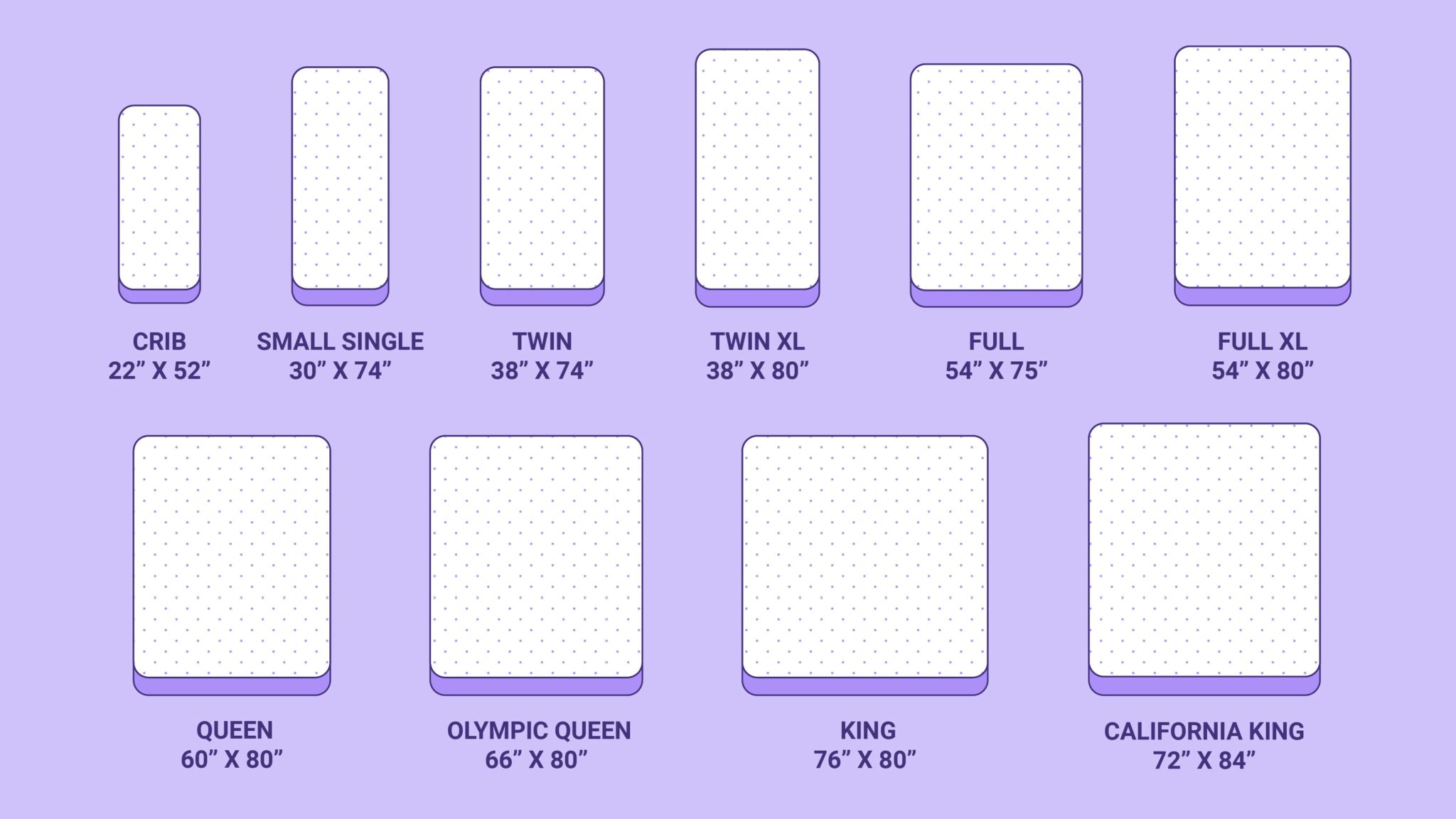Properly installing kitchen sink plumbing is essential for the functionality and longevity of your kitchen sink. It may seem like a daunting task, but with the right tools and knowledge, you can easily do it yourself. The key is to plan ahead, gather all necessary materials, and follow a step-by-step guide to ensure you get it right the first time. To begin, make sure you have all the necessary tools such as a wrench, pliers, and plumber's putty. You will also need to measure and cut the pipes to fit your specific sink and plumbing configuration. Start by installing the strainer, which is the fitting that sits in the bottom of the sink and collects food debris. Apply plumber's putty around the edge of the strainer and insert it into the sink's drain hole. Secure it from underneath by tightening the lock nut. Next, attach the tailpiece, which is the pipe that connects the strainer to the P-trap. Make sure to use the correct size and type of tailpiece for your sink and P-trap. Use a wrench to tighten the slip nut and ensure a watertight seal. Finally, connect the P-trap to the drainpipe and tighten all connections with a wrench. Turn on the water and check for any leaks. If everything looks good, you have successfully installed your kitchen sink plumbing!1. How to Properly Install Kitchen Sink Plumbing
Installing kitchen sink plumbing can be a tricky task, and if not done correctly, it can lead to various problems and costly repairs. To avoid any mishaps, make sure to avoid these common mistakes: Incorrect measurements: Measuring and cutting pipes to fit your specific sink and plumbing configuration is crucial for a proper installation. If you do not measure accurately, you may end up with pipes that are too long or too short, causing leaks or blockages. Not using the right tools: As with any DIY project, using the right tools is essential for a successful outcome. Avoid using makeshift tools and invest in a good wrench and pliers to ensure a secure and tight fit for all connections. Skipping the plumber's putty: Plumber's putty is a crucial element in creating a watertight seal for the strainer and other connections. Skipping this step can lead to leaks and water damage. Not checking for leaks: After completing the installation, it is vital to turn on the water and check for any leaks. Even the smallest leak can cause significant damage over time, so it is crucial to address any issues immediately.2. Common Kitchen Sink Plumbing Mistakes to Avoid
Having correct kitchen sink plumbing is crucial for the overall functionality and health of your kitchen. Proper plumbing ensures that water is drained efficiently and prevents any leaks or clogs that can lead to water damage and costly repairs. Correct plumbing also helps maintain the cleanliness and hygiene of your kitchen. A faulty system can cause unpleasant odors and encourage the growth of bacteria and mold. By ensuring your kitchen sink plumbing is installed correctly, you can prevent these issues and have a clean and healthy kitchen. Additionally, proper plumbing can save you money in the long run by preventing any water damage or the need for frequent repairs. It also adds value to your home and can be a selling point if you ever decide to put it on the market.3. The Importance of Correct Kitchen Sink Plumbing
Here is a step-by-step guide to help you install kitchen sink plumbing correctly: Step 1: Gather all necessary tools and materials, including a wrench, pliers, plumber's putty, and pipes of the correct size and type. Step 2: Install the strainer by applying plumber's putty around the edge and securing it from underneath with a lock nut. Step 3: Attach the tailpiece to the strainer and tighten the slip nut with a wrench. Step 4: Connect the P-trap to the tailpiece and drainpipe, ensuring all connections are tight. Step 5: Turn on the water and check for any leaks. If everything looks good, you have successfully installed your kitchen sink plumbing!4. Step-by-Step Guide to Correct Kitchen Sink Plumbing
Despite your best efforts, you may encounter some issues with your kitchen sink plumbing. Here are some common problems and how to troubleshoot them: Leaky pipes: If you notice any leaks, make sure all connections are tight. If the leak persists, you may need to replace the pipes or add some plumber's tape to create a more secure seal. Clogs: Clogs can occur due to food debris, grease, or other objects stuck in the pipes. Try using a plunger or a plumbing snake to dislodge the clog. If the clog is severe, you may need to call a professional plumber. Foul odors: This can be a sign of a clogged or cracked vent pipe. You can try using a plumbing snake to clear any blockages. If the smell persists, it is best to call a professional to inspect and repair the vent pipe.5. Troubleshooting Common Kitchen Sink Plumbing Issues
To ensure correct kitchen sink plumbing, it is essential to understand the basics of how it works. The sink is connected to the main drain line through a series of pipes, including the strainer, tailpiece, P-trap, and drainpipe. The P-trap is a curved pipe that holds a small amount of water, creating a seal that prevents sewer gases from entering your home. It also catches any debris that may have passed through the strainer. The vent pipe, which is usually located behind the sink, allows air to enter the plumbing system, preventing any suction that can cause clogs and foul odors.6. Understanding the Basics of Kitchen Sink Plumbing
When it comes to kitchen sink plumbing, using the right materials is crucial for the longevity and functionality of your system. Here are some tips to keep in mind when choosing materials: Size and type: Make sure to use pipes and fittings of the correct size and type for your specific sink and plumbing configuration. Using the wrong size can result in leaks and other issues. Quality: Invest in high-quality pipes and fittings to ensure they can withstand the constant use and water pressure in your kitchen sink. This will save you money in the long run and prevent frequent repairs. Material: Stainless steel, PVC, and copper are all popular materials for kitchen sink plumbing. Consider your budget and specific needs when choosing the right material for your system.7. Tips for Choosing the Right Kitchen Sink Plumbing Materials
If you notice any leaks in your kitchen sink plumbing, here are some steps you can take to fix them: Step 1: Turn off the water supply to your sink. Step 2: Check all connections and tighten any loose ones with a wrench. Step 3: If the leak persists, try adding some plumber's tape to create a more secure seal. Step 4: If the leak is coming from a cracked pipe, you may need to replace it with a new one. Step 5: Turn the water back on and check for any leaks. If the problem persists, it is best to call a professional plumber.8. How to Fix a Leaky Kitchen Sink Plumbing
While it may be tempting to save money by installing your kitchen sink plumbing yourself, there are several benefits to hiring a professional: Expertise: Professional plumbers have the knowledge and experience to ensure your kitchen sink plumbing is installed correctly and functions properly. Time-saving: Installing sink plumbing can be time-consuming, especially if you are not familiar with the process. Hiring a professional can save you time and ensure the job is done efficiently. Warranty: Professional plumbers often offer warranties for their work, giving you peace of mind and protection in case any issues arise.9. The Benefits of Hiring a Professional for Kitchen Sink Plumbing
Here are some essential tools you will need for a successful kitchen sink plumbing installation: Wrench: A wrench is essential for tightening connections and ensuring a secure fit. Pliers: Pliers can come in handy for holding pipes and fittings in place while tightening connections. Plumber's putty: Plumber's putty is used to create a watertight seal for the strainer and other connections. Plumbing tape: Also known as Teflon tape, this tape can be used to create a more secure seal for leaky connections. Plumbing snake: This tool can help dislodge clogs in the pipes.10. Common Tools Needed for Correct Kitchen Sink Plumbing
Why Proper Kitchen Sink Plumbing is Important for Your House Design

The Role of Kitchen Sink Plumbing in House Design
 When it comes to designing a house, every detail counts. From the color of the walls to the flooring material, each element contributes to the overall look and feel of a home. One crucial aspect that often gets overlooked is the
plumbing of the kitchen sink.
While it may not seem like a significant design feature,
proper kitchen sink plumbing
can make a significant impact on the functionality and aesthetics of your kitchen.
When it comes to designing a house, every detail counts. From the color of the walls to the flooring material, each element contributes to the overall look and feel of a home. One crucial aspect that often gets overlooked is the
plumbing of the kitchen sink.
While it may not seem like a significant design feature,
proper kitchen sink plumbing
can make a significant impact on the functionality and aesthetics of your kitchen.
Ensuring Efficient Water Flow
 The
plumbing of your kitchen sink
plays a crucial role in ensuring efficient water flow. If the pipes are not installed correctly or are clogged, it can lead to slow draining and backups, making it challenging to use your sink. This can be especially frustrating when you're trying to prepare a meal or clean up after a big family dinner. By
correctly plumbing your kitchen sink
, you can avoid these issues and maintain a smooth water flow, making your kitchen tasks more manageable.
The
plumbing of your kitchen sink
plays a crucial role in ensuring efficient water flow. If the pipes are not installed correctly or are clogged, it can lead to slow draining and backups, making it challenging to use your sink. This can be especially frustrating when you're trying to prepare a meal or clean up after a big family dinner. By
correctly plumbing your kitchen sink
, you can avoid these issues and maintain a smooth water flow, making your kitchen tasks more manageable.
Preventing Water Damage and Mold Growth
 Another essential reason to invest in
proper kitchen sink plumbing
is to prevent water damage and mold growth. Leaky pipes or improper installation can lead to water seeping into your cabinets and walls, causing structural damage and creating the perfect conditions for mold to grow. Not only can this be costly to repair, but it can also be hazardous to your health. By
ensuring your kitchen sink is correctly plumbed
, you can avoid these issues and maintain a safe and healthy environment in your home.
Another essential reason to invest in
proper kitchen sink plumbing
is to prevent water damage and mold growth. Leaky pipes or improper installation can lead to water seeping into your cabinets and walls, causing structural damage and creating the perfect conditions for mold to grow. Not only can this be costly to repair, but it can also be hazardous to your health. By
ensuring your kitchen sink is correctly plumbed
, you can avoid these issues and maintain a safe and healthy environment in your home.






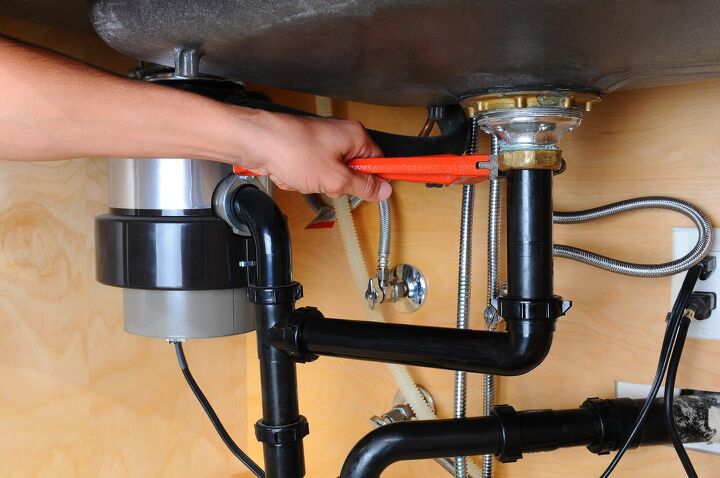
/how-to-install-a-sink-drain-2718789-hero-24e898006ed94c9593a2a268b57989a3.jpg)




